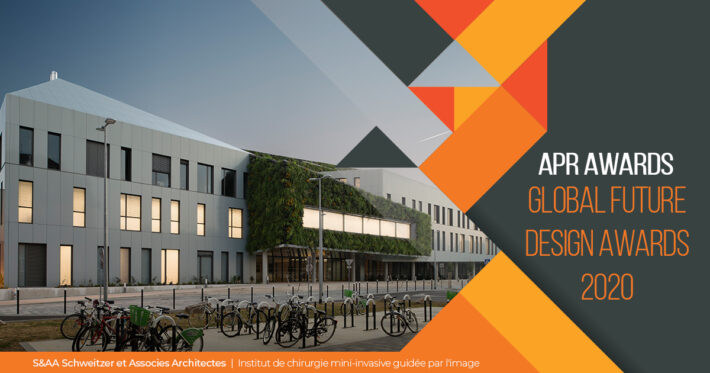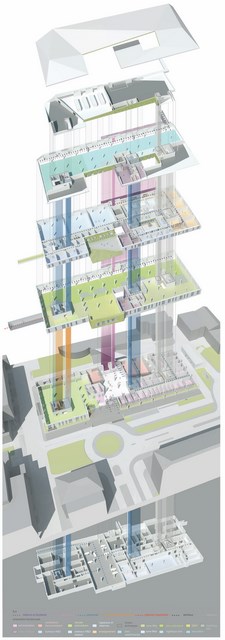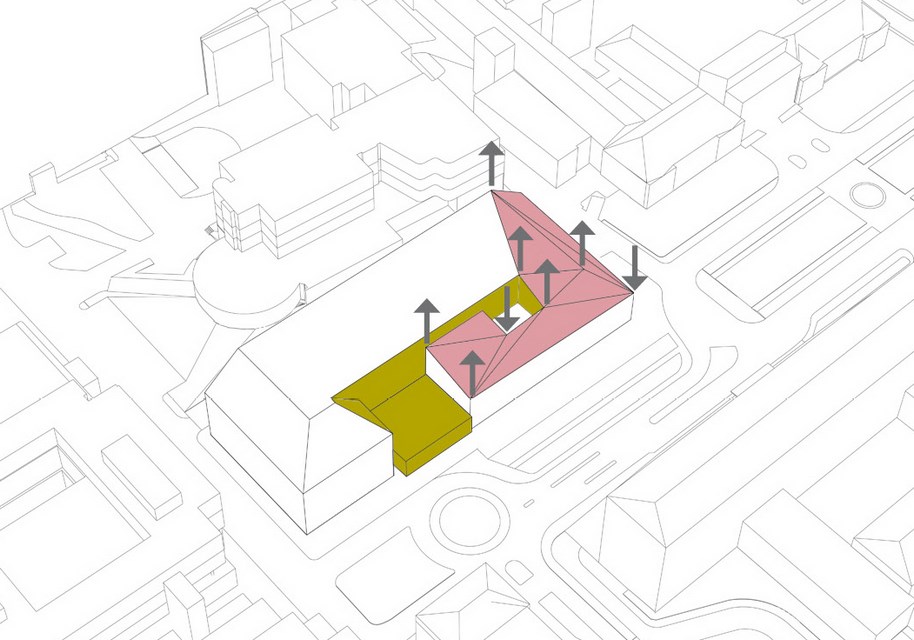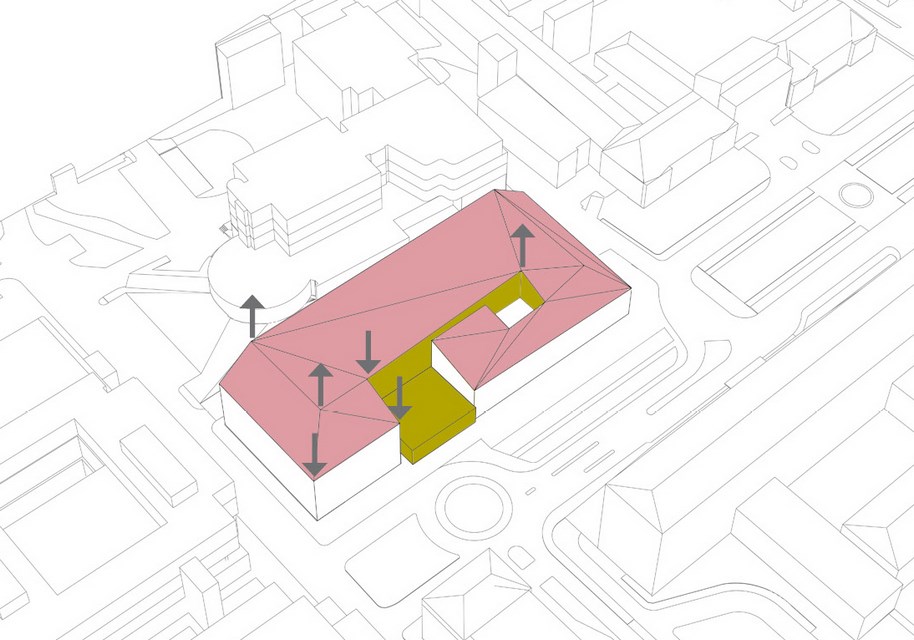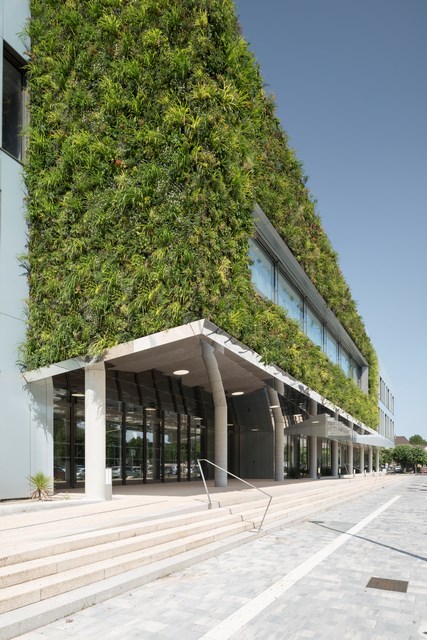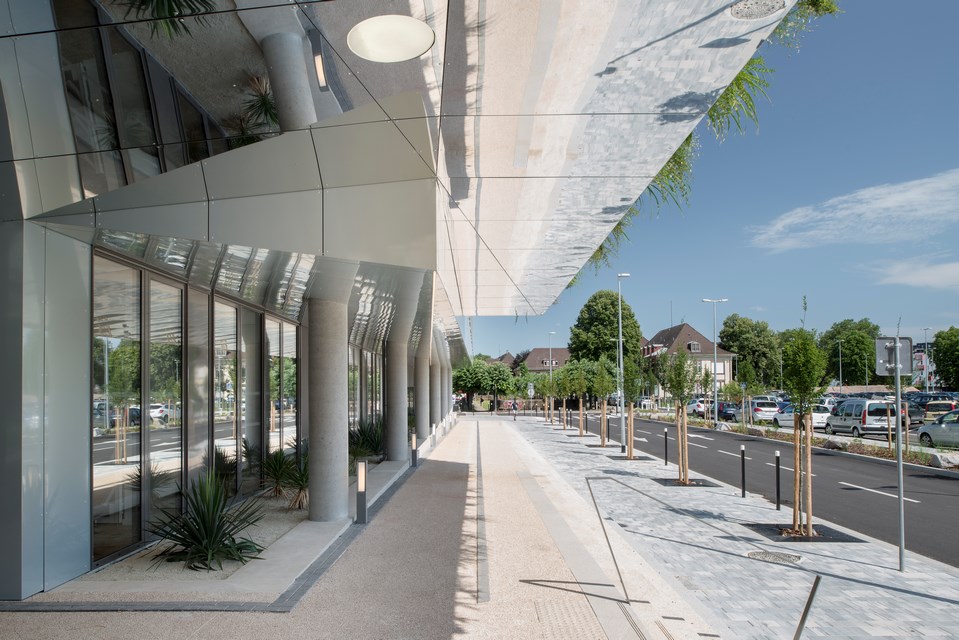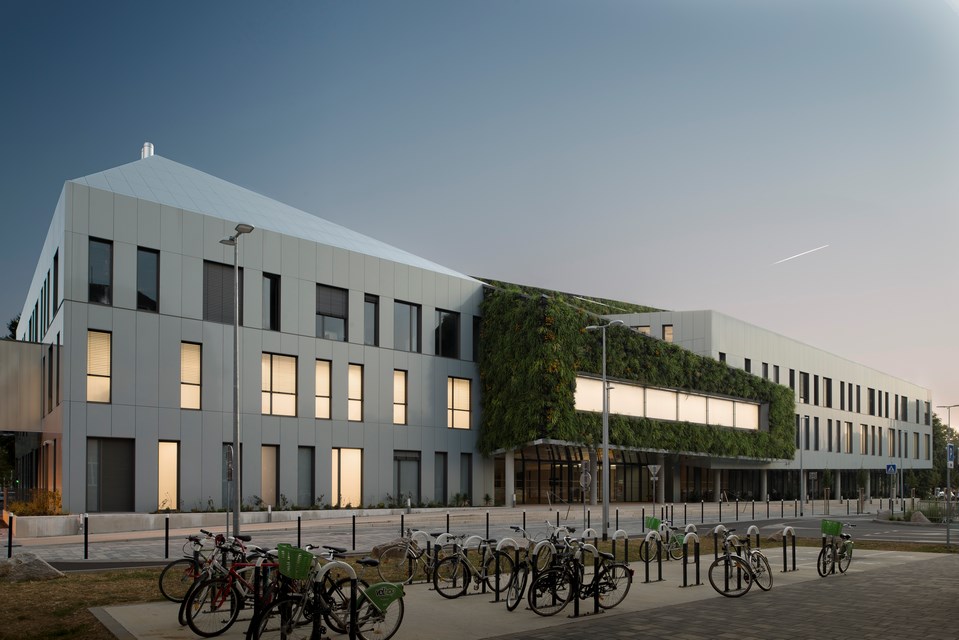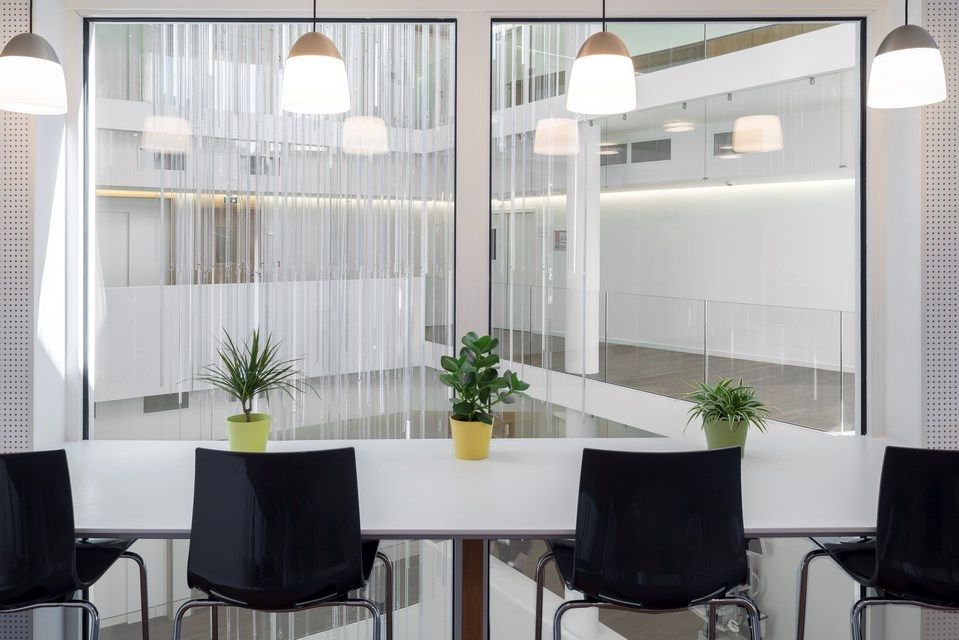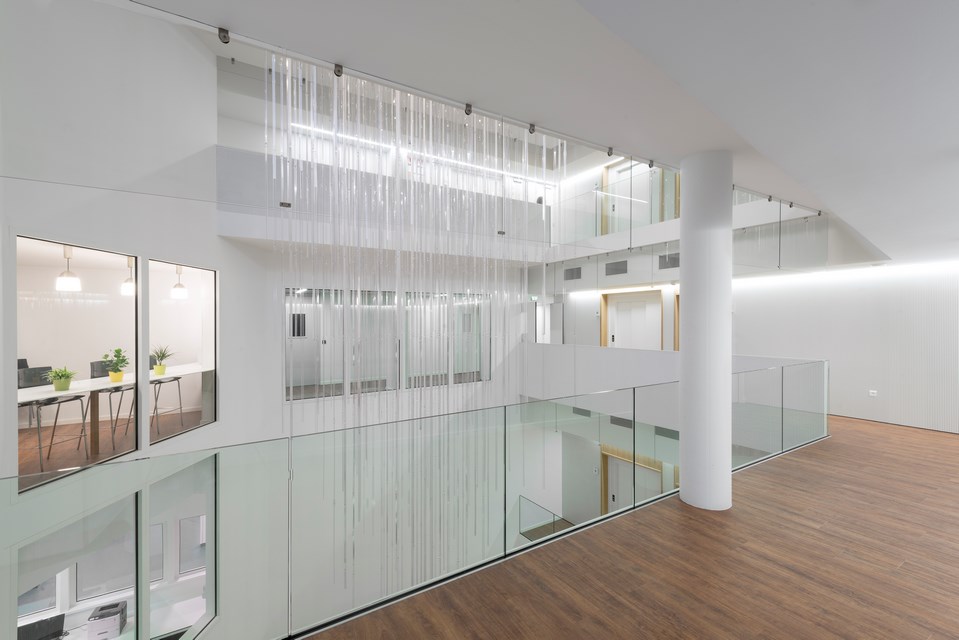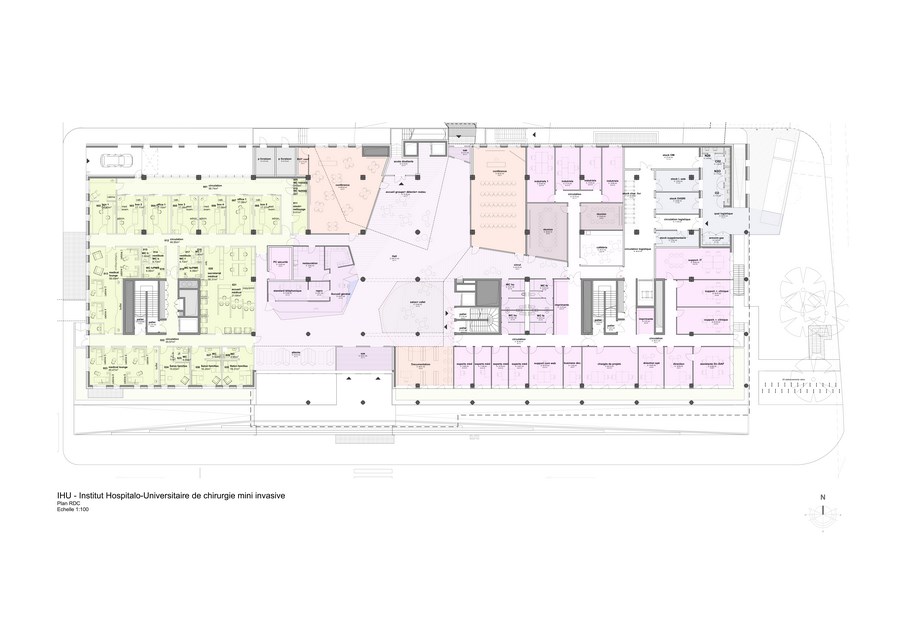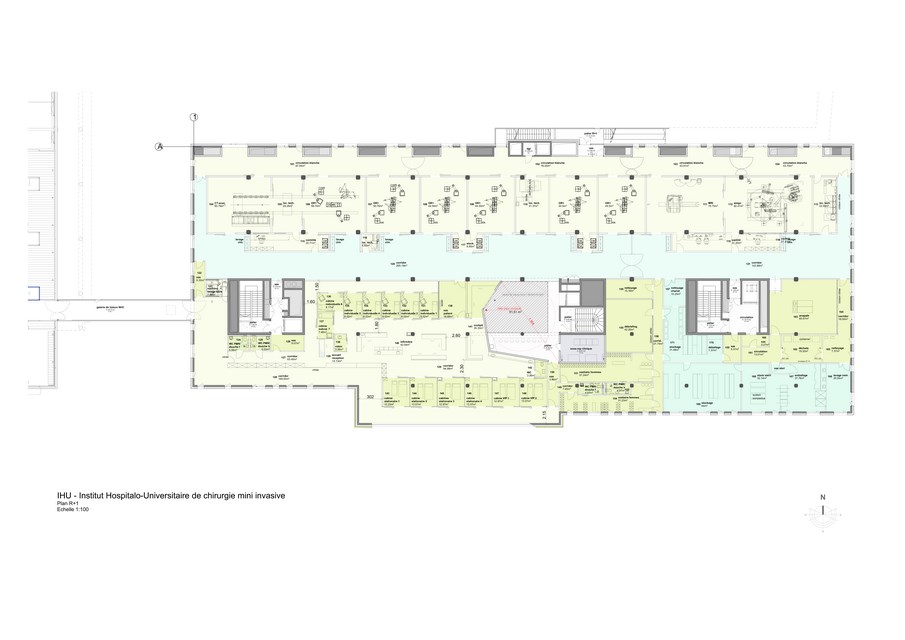The new University Hospital Institute in Strasbourg is an ambitious project that looks towards the future while being rooted in what already exists, interacting with the hospital of which it forms a part. The project demonstrates how important it was to integrate the Institute with the existing hospital. On a site where all kinds of architectural styles have been used over time, the elegant, understated design of the new Institute, its size, its layout, and its roof, borrow from historic architecture to create a contemporary form. The dynamic shape of the building makes a bold statement: it expresses a sense of movement, echoing the activities taking place within.
Special Mention- Global Future Design Awards 2020
Firm | S&AA Schweitzer et Associes Architectes
Architect/Designer | Patrick Schweitzer
Category | Hospitality Built
Team | Architect of record : S&AA / General enterprise : KS CONSTRUCTION / Construction : SNC LAVALIN / Sustainability consultant : SOLARES BAUEN
Country | France
Photographer/Copyright | ©Pierre Pommereau
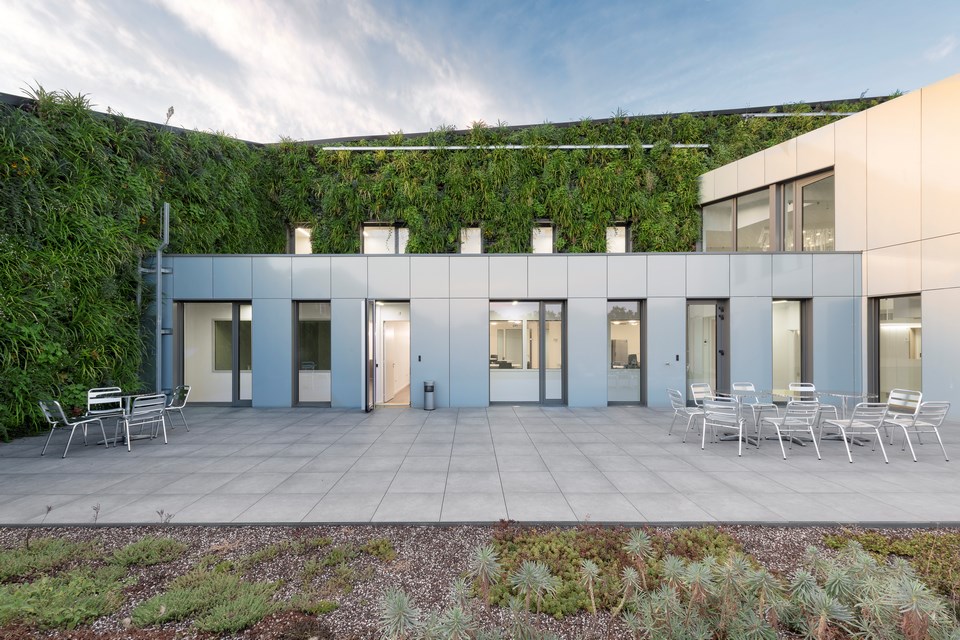
The vegetation on the façade and roof reference the organic world and the luxuriance of nature and life, while the iridescent metal façade echoes the high level of technological knowledge and skill deployed within the Institute. The all-embracing form of the building expresses the uniqueness of the Institute. Although arranged in different functional levels, the building is wrapped in a single envelope. On the outside the planted façade and roof unify the building, while an interior atrium connects the floors, and the vertical links between the different sectors meld the facility into a single, powerful entity. The aim of the project is to bring a wide variety of different functions together under one roof. The new building will house reception areas and offices, a teaching floor, a clinic operated by the Nouvel Hôpital Civil and liaising directly with it, an R&D floor, and an experimental floor liaising with the Digestive Cancer Research Institute (IRCAD). The modularity of the building allows its spaces to adapt to user needs and technological developments and to accommodate the latest equipment.


